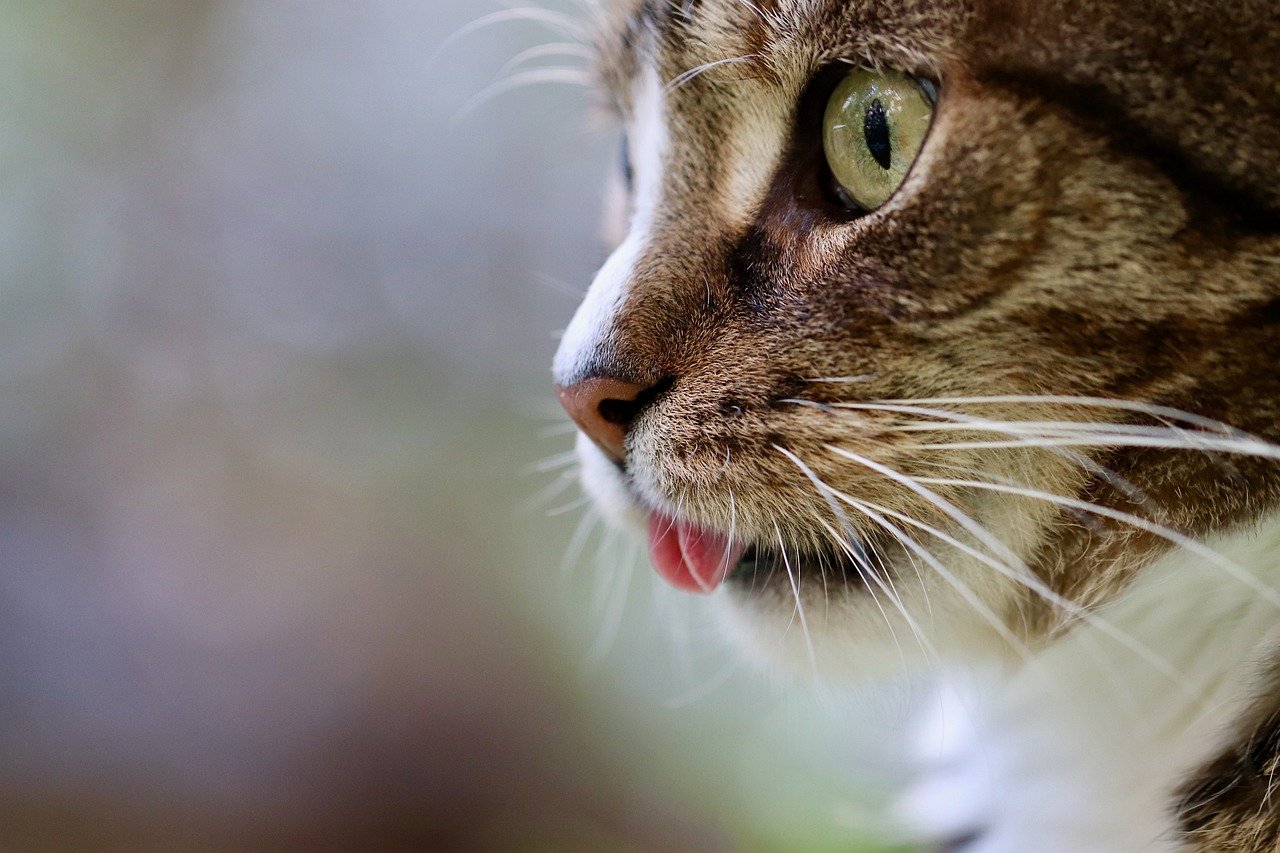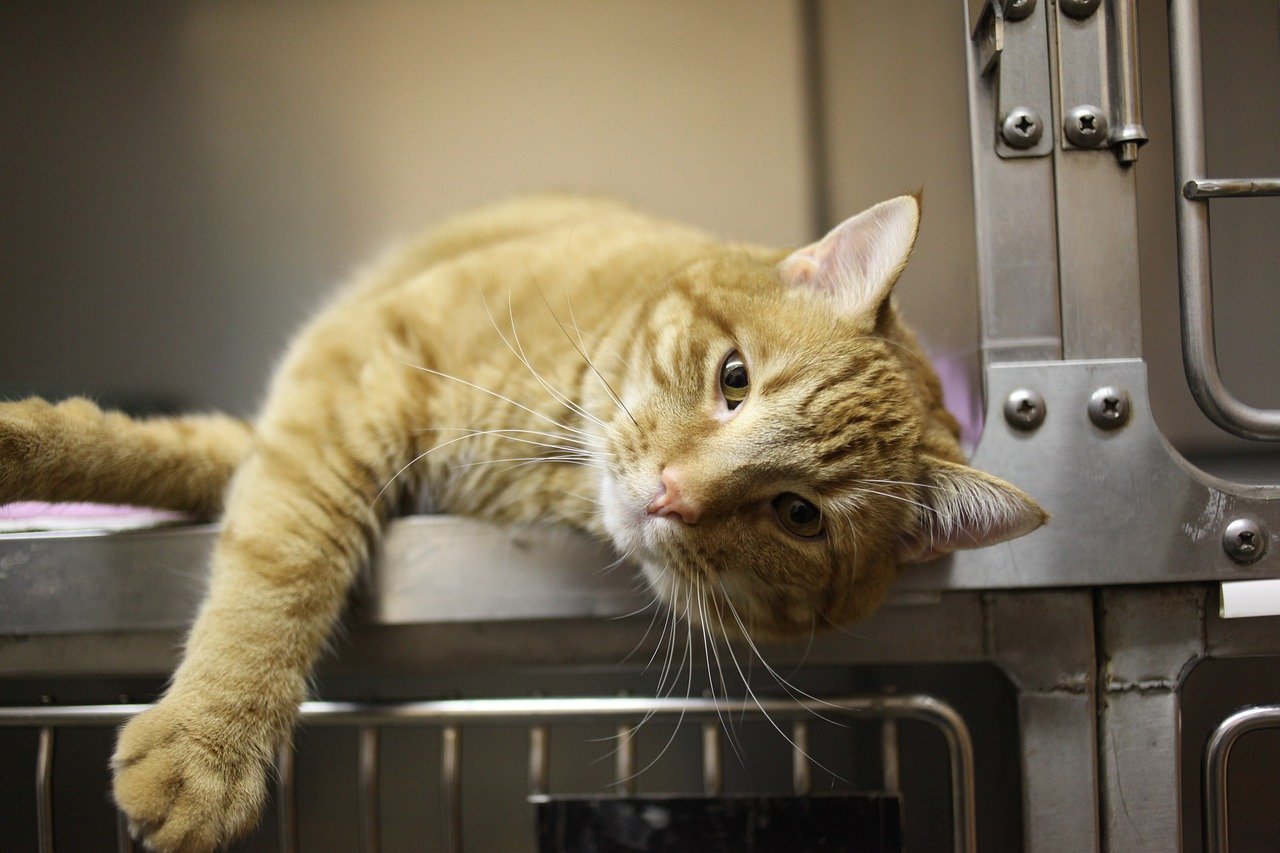Has your once-confident kitty started acting strangely, hiding under the bed or avoiding your touch? The heartbreak of seeing your beloved cat lost in their own home can be overwhelming. When cats feel displaced—whether due to a move, a new pet, or a simple shift in routine—their world feels shaken. But there is hope. With gentle understanding and small, thoughtful actions, you can help your furry friend find comfort and confidence again. Here’s how to guide your cat through the storm and back to purring happiness.
Recognizing the Signs of a Displaced Cat
A displaced cat doesn’t always show obvious distress, but the signs are there if you know what to look for. Watch for hiding, sudden aggression, or a refusal to eat. Sometimes, cats may urinate outside the litter box, anxious about their territory. Others may become clingy, following you everywhere or crying at night. These behaviors are your cat’s way of saying, “Something feels wrong.” Spotting these changes early is key, so pay attention to even the smallest shifts. Remember, cats are masters at masking stress, so trust your instincts if your cat seems off.
Creating a Safe Haven
One of the most comforting gifts you can give a displaced cat is a safe haven—a spot all their own. Choose a quiet, cozy area away from household commotion. Place a soft blanket, a favorite toy, and even a piece of your worn clothing to add your scent. Make this haven easily accessible but not in the main thoroughfare of your home. Over time, your cat will associate this spot with safety and predictability. Think of it as their little sanctuary, a place to recharge and regroup when the world feels overwhelming.
Consistent Routines Bring Comfort

Cats thrive on predictability. When their routine is disrupted, it can feel like their world is spinning out of control. Feed your cat at the same times each day and keep play sessions regular. Stick to familiar cleaning schedules for the litter box and keep mealtime bowls in the same place. If you’ve recently moved, try to arrange furniture and cat accessories in a way that resembles your old space. This consistency becomes the anchor that helps your cat regain their footing.
Gentle Touch and Calming Presence
Sometimes, your cat just needs to know you’re there. Sit quietly near their hiding spot, speaking softly or offering a gentle hand. Avoid grabbing or forcing them to interact; let your cat make the first move. Soft petting or brushing can work wonders, but only if your cat welcomes it. Your calm, steady presence reassures your cat that they are not alone. If words could reach them, it would be, “I’m here when you’re ready.”
Using Familiar Scents to Soothe

Scent is a powerful comfort for cats. Placing items that carry familiar scents around your home can help your cat feel more secure. Blankets, beds, or toys from your previous home or your cat’s favorite human can be especially helpful. Some owners even use synthetic feline pheromone diffusers, which mimic the calming scents that cats leave when they rub their faces on things. These can send a reassuring message: “You’re home, you’re safe.”
Introducing Change Slowly

Big changes can be overwhelming for anyone, especially a sensitive cat. If you’re bringing a new pet or family member home, do it gradually. Set up a separate space for the newcomer at first. Allow your cat to investigate at their own pace, using closed doors or baby gates as boundaries. Gradually increase their exposure to the new person or animal. By letting your cat control the pace of introductions, you lower their stress and build their confidence.
Engaging in Play and Enrichment
Play isn’t just for fun—it’s therapy for a worried cat. Interactive toys, like feather wands or laser pointers, encourage your cat to move, hunt, and burn off nervous energy. Puzzle feeders or treat balls can occupy their minds and distract from anxiety. Set aside time each day for play sessions, letting your cat chase, pounce, and stalk. These simple games can help lift their spirits and remind them that joy is still possible.
Offering High Perches and Hiding Spots
Cats love to survey their surroundings from above or retreat to hidden corners. Provide sturdy shelves, cat trees, or even a cleared spot on a bookshelf. Cardboard boxes or cozy tents make excellent hideaways. These spaces allow your cat to observe without feeling exposed. The ability to choose where they rest restores a sense of control, a critical factor for a displaced cat’s recovery.
Understanding the Power of Your Voice

Your tone and volume matter more than you might think. Speak in a soothing, low voice when interacting with your cat. Avoid loud noises, sudden shouts, or harsh commands, which can increase anxiety. Some cats enjoy gentle singing or calm storytelling from their favorite human. The goal is to make your presence a comfort, a steady anchor in a sea of change.
Patience: The Greatest Gift
Above all, patience is your most powerful tool. Recovery from displacement can take days, weeks, or even longer. Resist the urge to rush your cat or become frustrated. Celebrate small victories, like a few steps out of hiding or a tentative head bump. Remember, every cat is different. Your understanding and patience tell your cat, “Take all the time you need. I’m not going anywhere.”
Minimizing Stressful Triggers
Identify what triggers your cat’s anxiety and do your best to minimize exposure. This could mean keeping loud visitors to a minimum or moving vacuuming sessions to another part of the house while your cat relaxes elsewhere. If possible, maintain a calm environment with soft music or gentle background noise. Reducing stressors, even temporarily, gives your cat the breathing room they need to adjust.
Using Food as Positive Reinforcement
Nothing says “all is well” to a cat quite like their favorite treat. Use tasty rewards to encourage positive behaviors, like coming out of hiding or exploring a new room. Offer treats by hand or leave them near your cat’s safe spot. This positive association builds trust and helps your cat link new experiences with pleasure, not fear.
Inviting, Not Forcing, Social Interaction

Let your cat set the pace for socializing. Sit quietly nearby with a book or a gentle voice, allowing your cat to approach on their terms. Some cats might want to curl up in your lap, while others prefer to observe from a distance. Respect their boundaries, and never drag them out from a hiding place. By inviting rather than demanding interaction, you show your cat that their comfort matters most.
Monitoring Health and Wellbeing
Sometimes, what looks like displacement could actually be a sign of illness. Sudden changes in appetite, grooming, or bathroom habits deserve attention. If your cat’s anxiety doesn’t improve—or worsens—contact your veterinarian to rule out medical issues. A healthy cat is better equipped to cope with change, and peace of mind is worth every effort.
Providing Vertical Territory
Cats feel safer when they have the option to climb and perch above ground level. Invest in cat trees, window perches, or shelves designed for feline adventurers. These vertical spaces offer both an escape route and a vantage point from which to survey the household. When your cat controls their elevation, they gain a sense of security that helps ease feelings of displacement.
Utilizing Calming Products and Remedies
Calming sprays, pheromone diffusers, and herbal remedies designed for cats can help lower anxiety. These products mimic the natural signals that cats use to reassure one another and themselves. Always choose products specifically made for felines and follow the instructions carefully. While not a cure-all, they can provide gentle support during times of change.
Establishing Predictable Sleep Spaces
Cats need plenty of sleep, especially when stressed. Make sure your cat has access to their favorite napping spots, whether that’s a sunny window ledge or a quiet corner. Keep bedding clean and free from strong scents. A predictable, peaceful sleep environment helps restore both body and mind, making it easier for your cat to face each new day.
Encouraging Exploration at Their Own Pace

Allow your cat to explore new spaces gradually. Don’t force open doors or carry them into unfamiliar rooms. Instead, open up one area at a time, letting your cat investigate when they feel ready. Place familiar objects throughout these spaces to make the new environment less intimidating. This slow, steady approach fosters confidence and reduces fear.
Building Trust Through Predictable Actions

Consistency in your actions builds trust. Greet your cat the same way each day, use familiar cues for mealtimes, and maintain a steady rhythm to your interactions. When your cat learns what to expect from you, their anxiety decreases. Trust is a fragile thing, but with steady, predictable care, you can repair and even strengthen your bond.
Celebrating Small Victories

Every little step forward is worth celebrating. Did your cat play with a toy today or simply emerge from their hiding spot? Mark these moments with gentle praise or a special treat. These celebrations remind you—and your cat—that progress is happening, even if it feels slow. Over time, these small wins add up to lasting confidence and comfort.
Seeking Professional Help When Needed

If your cat’s distress seems overwhelming or doesn’t improve, don’t hesitate to seek professional help. A veterinarian or certified animal behaviorist can offer guidance tailored to your cat’s unique needs. Sometimes, an expert perspective makes all the difference, revealing solutions you might not have considered. Remember, asking for help is a sign of love and commitment to your furry friend.
Hi, I’m Bola, a passionate writer and creative strategist with a knack for crafting compelling content that educates, inspires, and connects. Over the years, I’ve honed my skills across various writing fields, including content creation, copywriting, online course development, and video scriptwriting.
When I’m not at my desk, you’ll find me exploring new ideas, reading books, or brainstorming creative ways to solve challenges. I believe that words have the power to transform, and I’m here to help you leverage that power for success.
Thanks for stopping by, Keep coming to this website to checkout new articles form me. You’d always love it!






